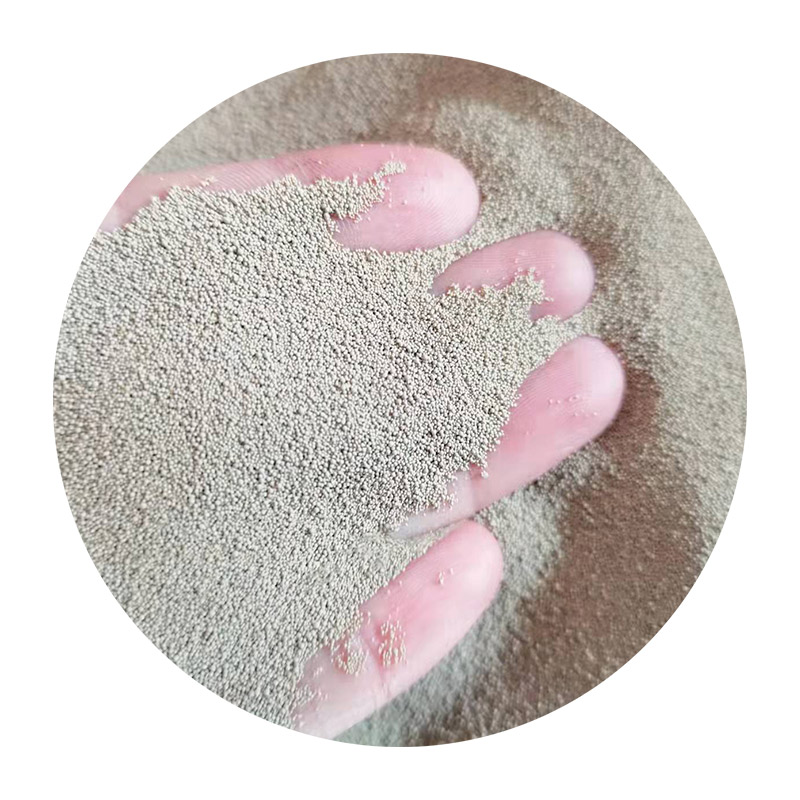The Invention of Sand Casting A Historical Overview
Sand casting is one of the oldest and most prevalent methods of metal casting. Its origins can be traced back thousands of years, with evidence suggesting that this technique was utilized as early as 3000 BC. The process involves pouring molten metal into a sand mold to create various metal objects, from simple tools to complex machinery components. But when exactly was sand casting invented, and how has it evolved over the millennia?
The earliest records of sand casting can be found in ancient civilizations, particularly in Egypt and Mesopotamia. Archaeological excavations in these regions have unearthed various artifacts made from metal alloys that were likely produced using sand casting techniques. For instance, the Egyptians used sand casting methods to create intricate jewelry and tools, showcasing their advanced understanding of metallurgy. This early form of casting set the foundation for future advancements and refinements in the process.
The Invention of Sand Casting A Historical Overview
Throughout the Middle Ages, sand casting continued to be an essential method for metalworking, particularly in Europe. As the demand for metal goods grew, so did the innovation in casting techniques. Foundries began to emerge as specialized workshops where artisans honed their skills in metal casting. During this period, the introduction of new materials and alloys, such as bronze and iron, expanded the capabilities of sand casting, allowing for more complex designs and applications.
when was sand casting invented

The Industrial Revolution in the 18th and 19th centuries marked a significant turning point for sand casting. As industries flourished and the demand for metal products skyrocketed, mechanization and the introduction of new technologies transformed traditional methods of casting. The use of green sand—a mixture of sand, clay, and water—became the standard for creating molds. This new development not only improved the quality of the castings but also increased production efficiency.
In the modern era, sand casting remains a vital process in the manufacturing sector, although it has undergone several changes to improve precision and reduce costs. The introduction of computer-aided design (CAD) has revolutionized the way molds are created, allowing for more advanced designs and faster prototyping. Moreover, advancements in materials science have led to the development of synthetic sands, which offer better thermal stability and mold strength compared to traditional sand.
Today, sand casting is used across various industries, from automotive to aerospace, due to its versatility and cost-effectiveness. The method can handle a wide range of metals, including aluminum, iron, and brass, making it suitable for producing everything from small components to large industrial parts. The process's adaptability allows manufacturers to create intricate designs while maintaining quality and efficiency.
In conclusion, the history of sand casting is a testament to human ingenuity and innovation. From its humble beginnings in ancient civilizations to its modern applications in various industries, sand casting has evolved significantly over the millennia. Understanding when sand casting was invented provides not only insight into the development of metalworking techniques but also highlights the importance of this method in shaping our modern world. As industries continue to innovate, sand casting will likely remain a cornerstone in the manufacturing landscape for years to come.
Post time:Spa . 01, 2024 04:01
Next:सैंड कास्टिंग प्रक्रियेची सखोल माहिती आणि त्याचे उपयोग
